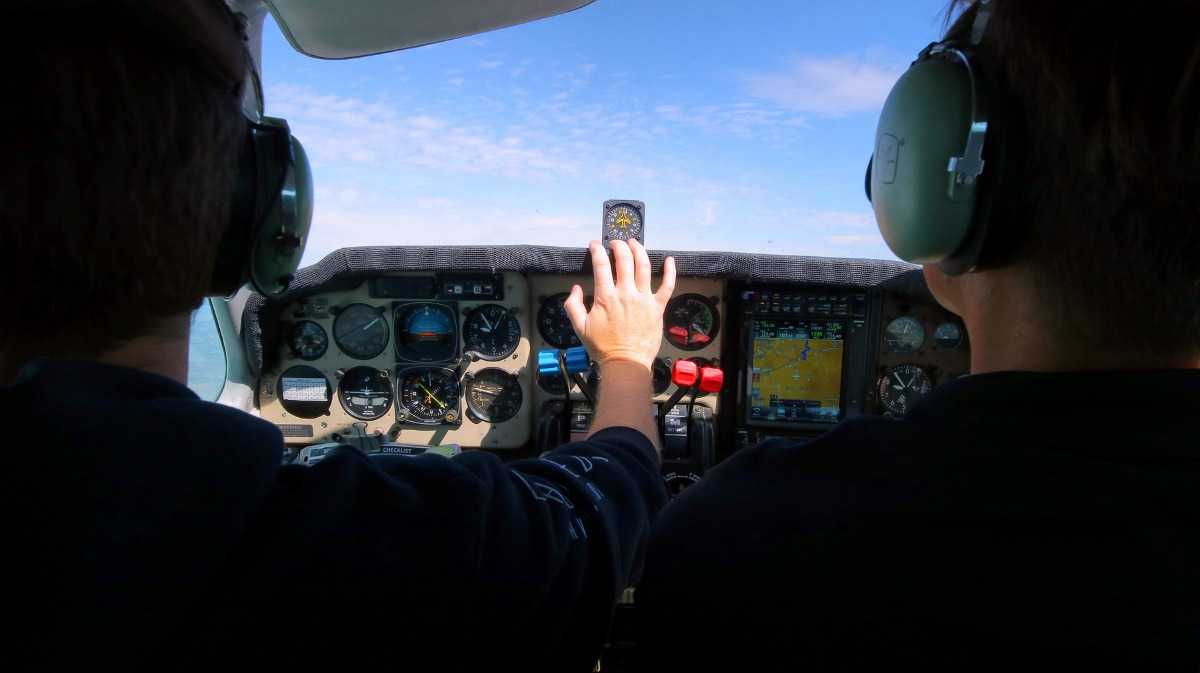
Don’t Panic: A Pilot’s Guide to VFR Lost Procedures
Flying under Visual Flight Rules (VFR) requires pilots to maintain clear visual reference with the ground and navigate using those references. However, in the event that a pilot needs clarification or assistance on their location, it’s crucial not to panic. Understanding and applying proper VFR lost procedures can safely guide you back to familiar airspace.
Today, we’re discussing the essentials every pilot should master. From regaining situational awareness to communicating effectively with Air Traffic Control (ATC) and harnessing proven navigation techniques, we’ll equip you with the knowledge to handle these unexpected scenarios confidently.
Stay Calm and Maintain Aircraft Control
Keeping calm and maintaining control over your aircraft is vital throughout the process. Take deep breaths and focus on flying the aircraft first. Managing your stress levels through effective cockpit resource management can help maintain clarity and focus, which is vital for troubleshooting your way out of a “lost” situation.
Remember, getting momentarily lost doesn’t have to escalate into a crisis. With the correct application of VFR lost procedures, you can quickly and safely find your way back on course, turning a potentially stressful situation into another day of flying.
Regain Situational Awareness With VFR Lost Procedures
The first step in any VFR lost procedure is to regain situational awareness. This involves maintaining a level head and critically assessing your surroundings. Use big visual landmarks such as rivers, coastlines, or notable topographical features like mountains or valleys. Comparing these with your last known position on a map can provide critical insights into your current location.
If weather permits, climb to a higher altitude for a broader landscape view. This gives you a better vantage point to identify landmarks and makes your aircraft more visible to other traffic, enhancing safety.
Establish Communication With ATC
Once you’ve improved your situational awareness, the next vital component is establishing communication with ATC. If unsure of your position, don’t hesitate to declare your situation to ATC—they are there to help you. Use the standard aviation phraseology, such as stating “unsure of position” or “PAN-PAN,” to indicate urgency without declaring an outright emergency.
ATC can provide vectors based on your last known position, radar observations, and other available flight information. They can guide you towards recognizable landmarks and suitable airfields or directly help you adjust your course back to your intended route.
The Leading Edge Difference
By mastering these procedures, you ensure your safety and that of your passengers and fellow airspace users. At Leading Edge Flight Academy, we emphasize the importance of thorough training and preparation to handle such situations confidently. Regularly practicing these procedures in varied scenarios will build your proficiency and preparedness, making your flying experiences safer and more enjoyable. Learn more about our programs today!


